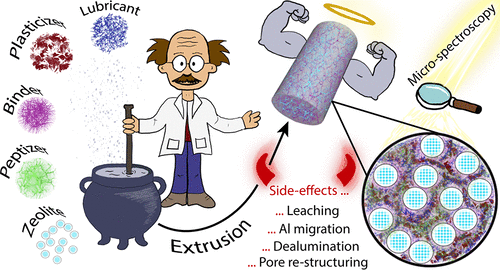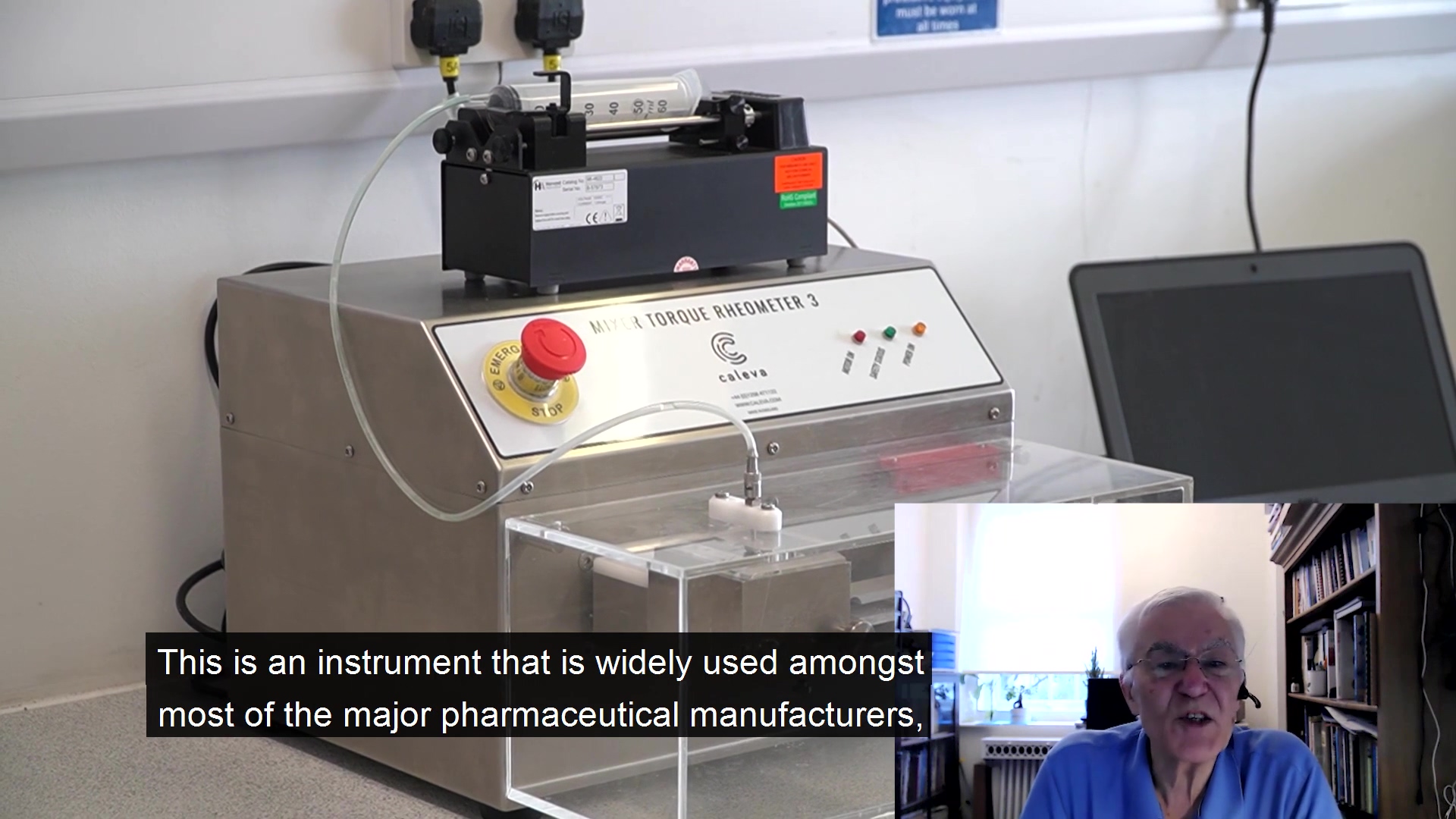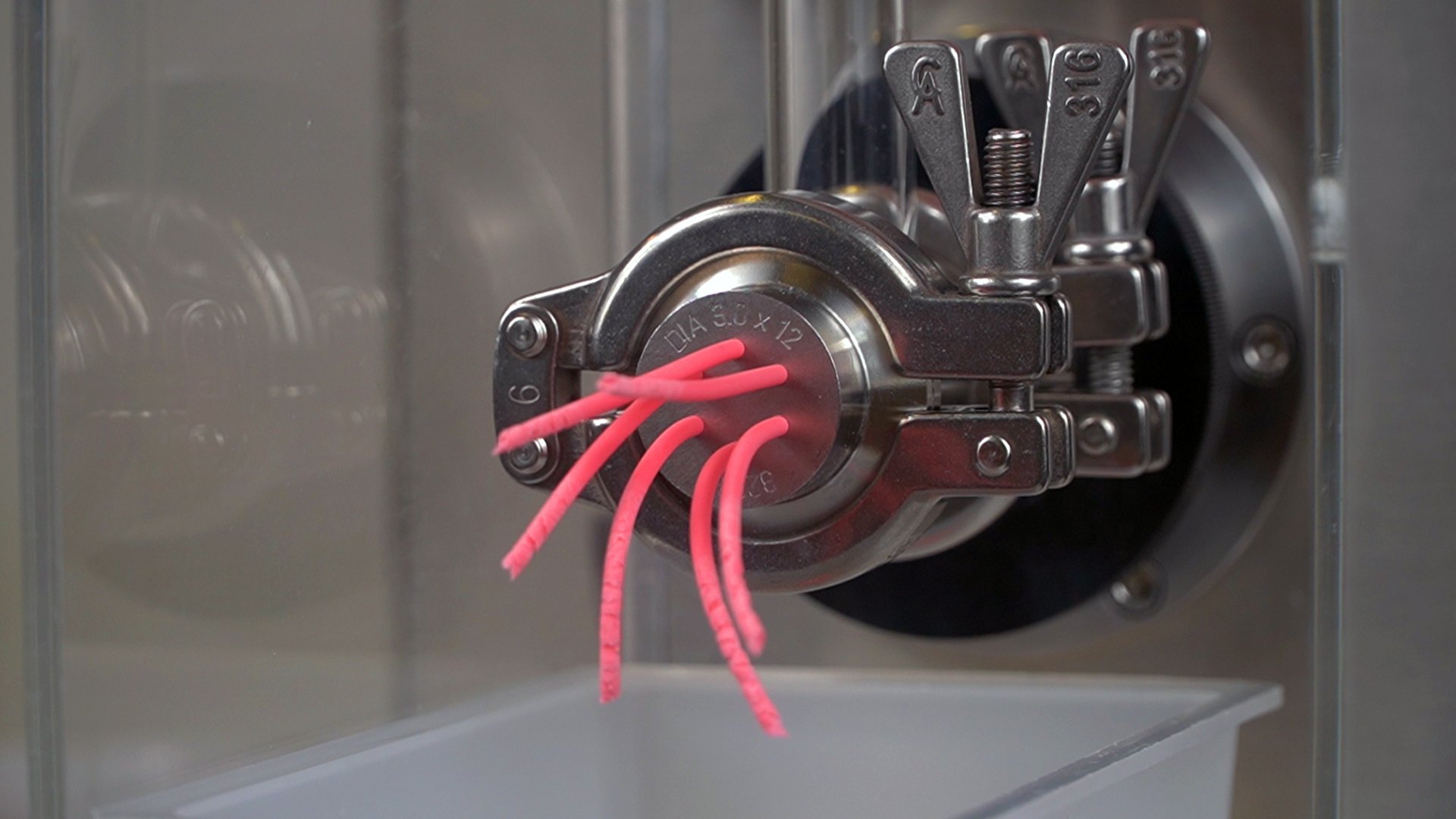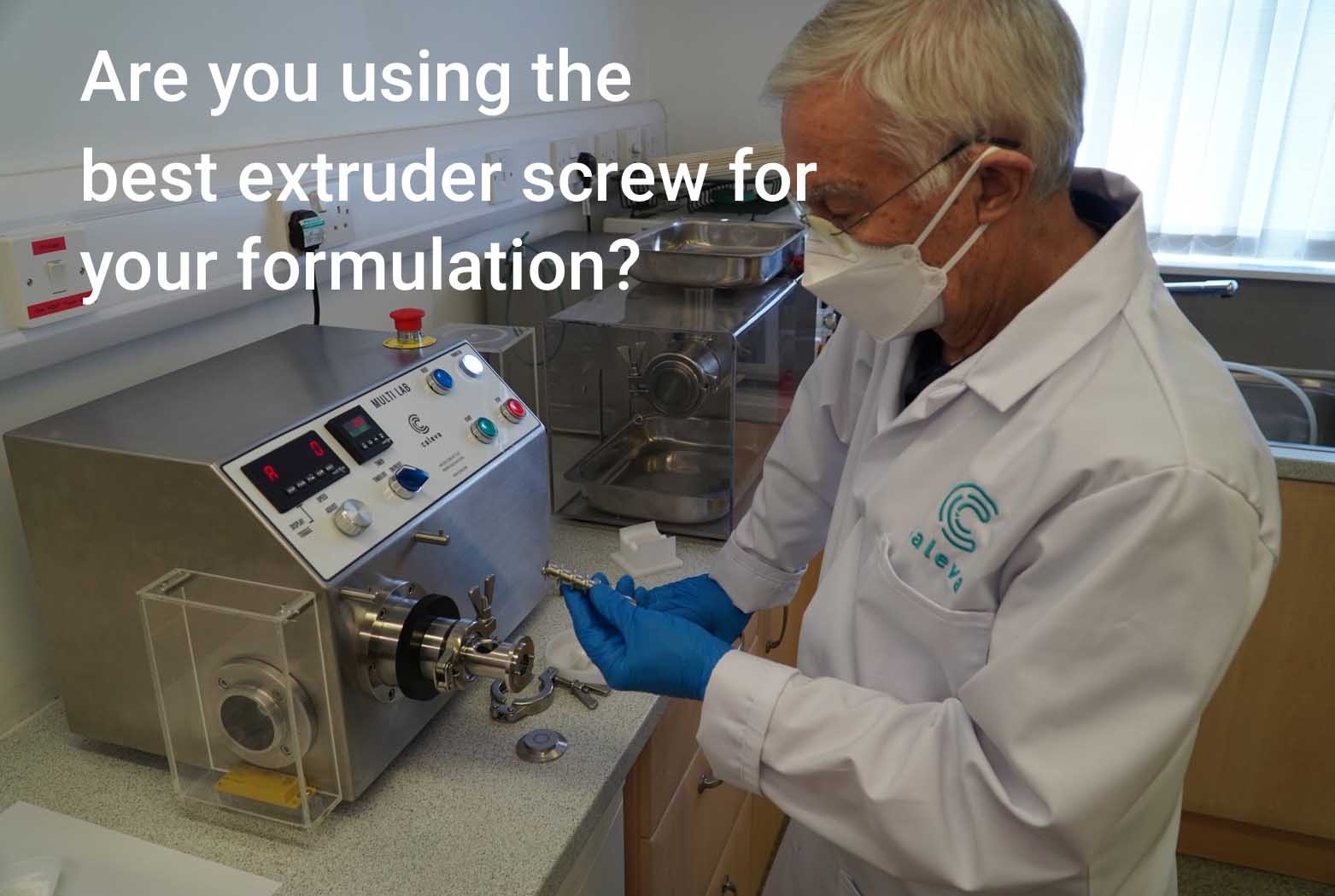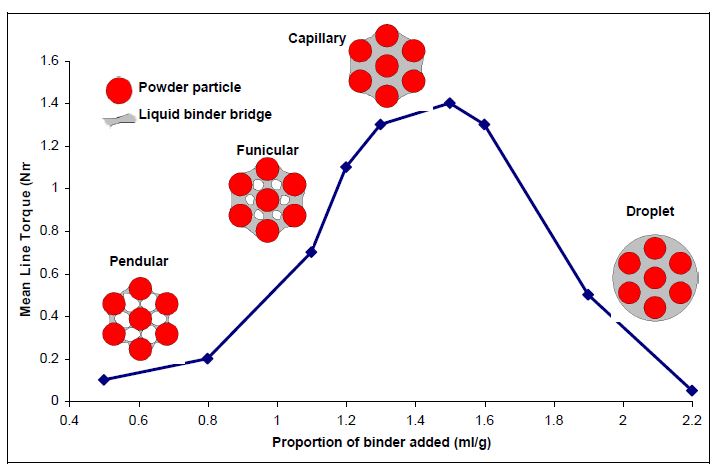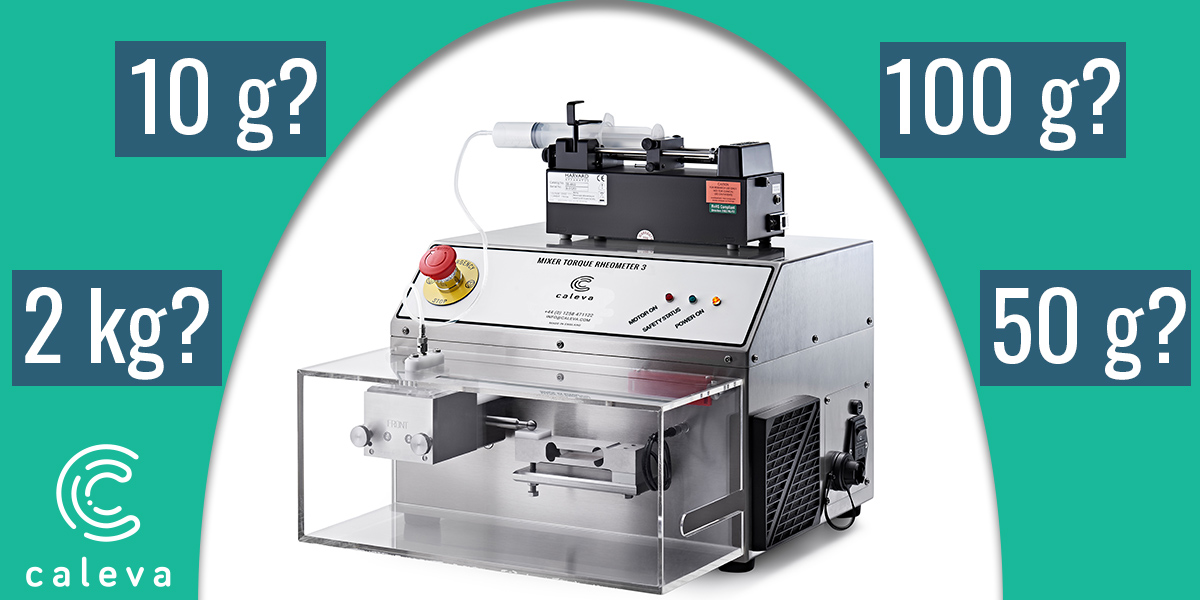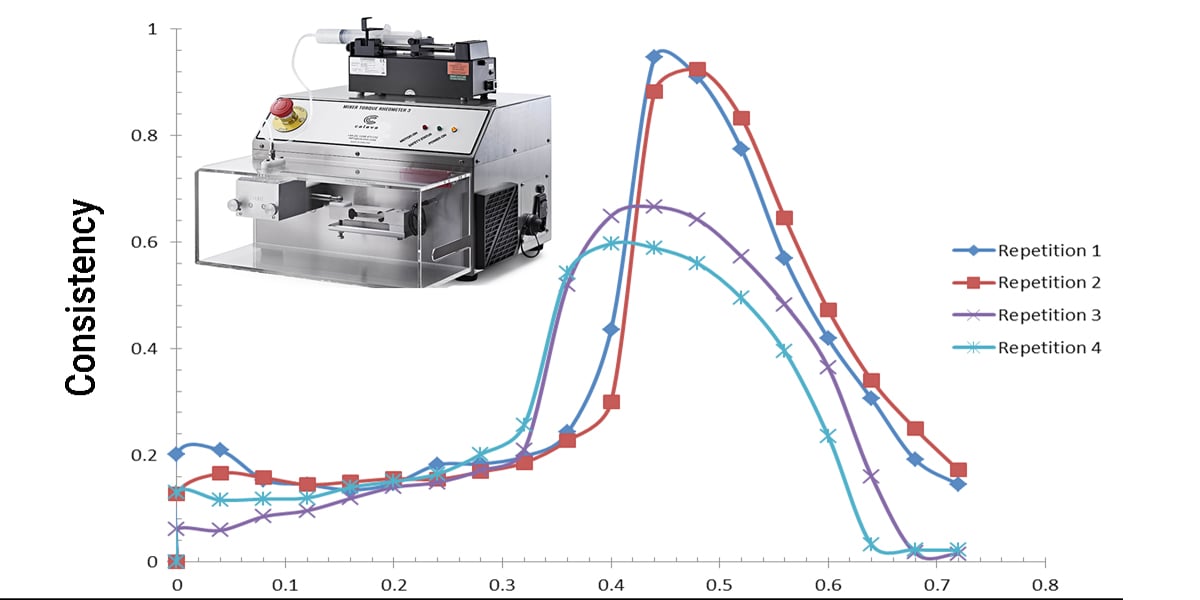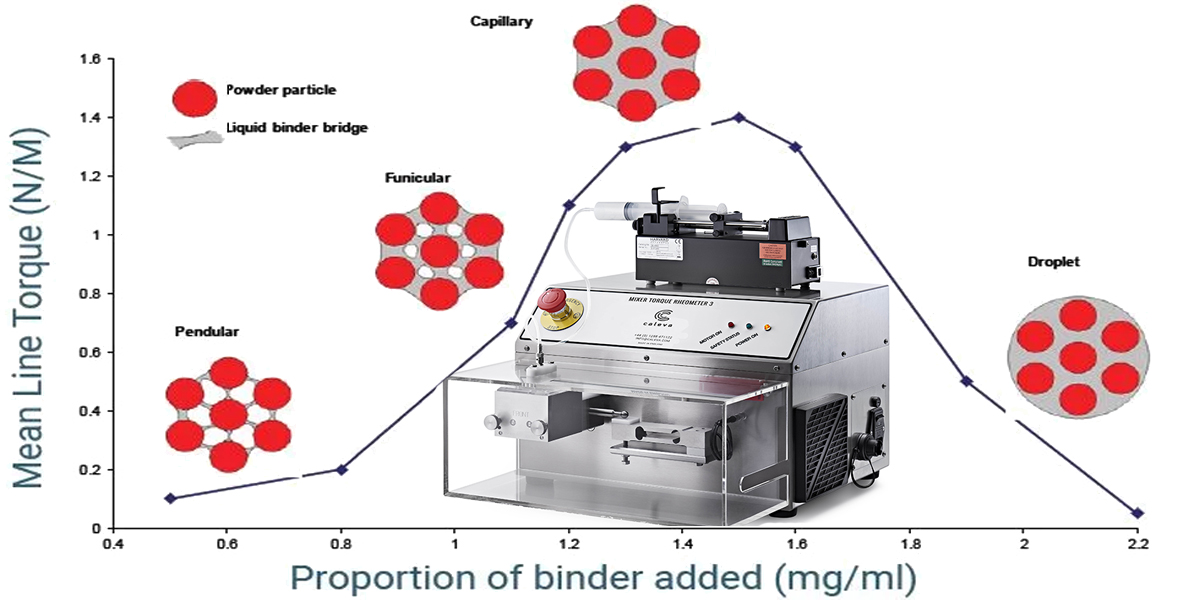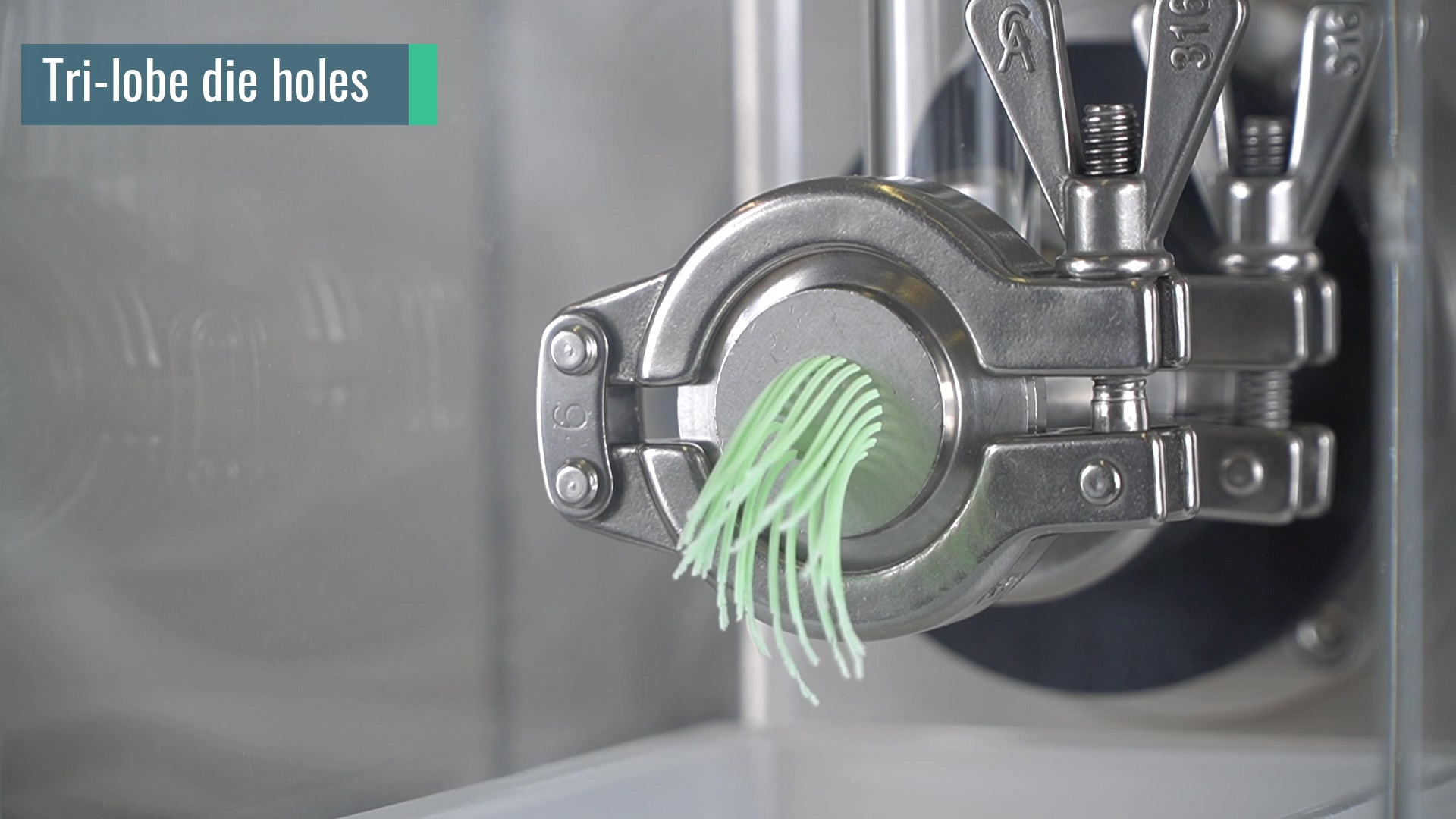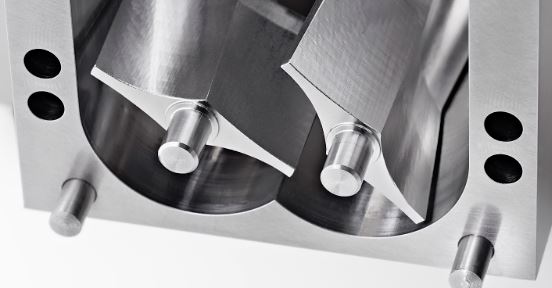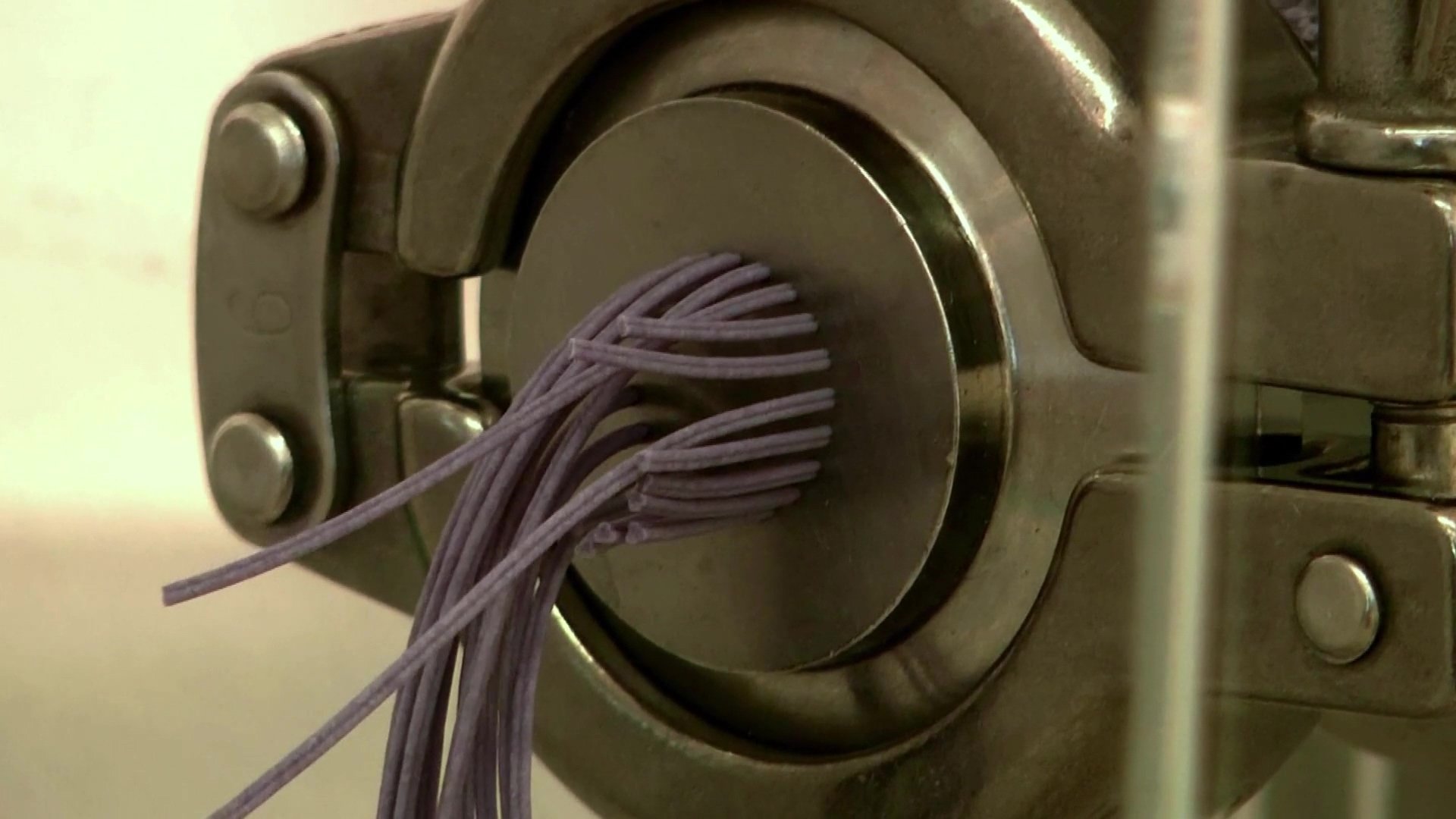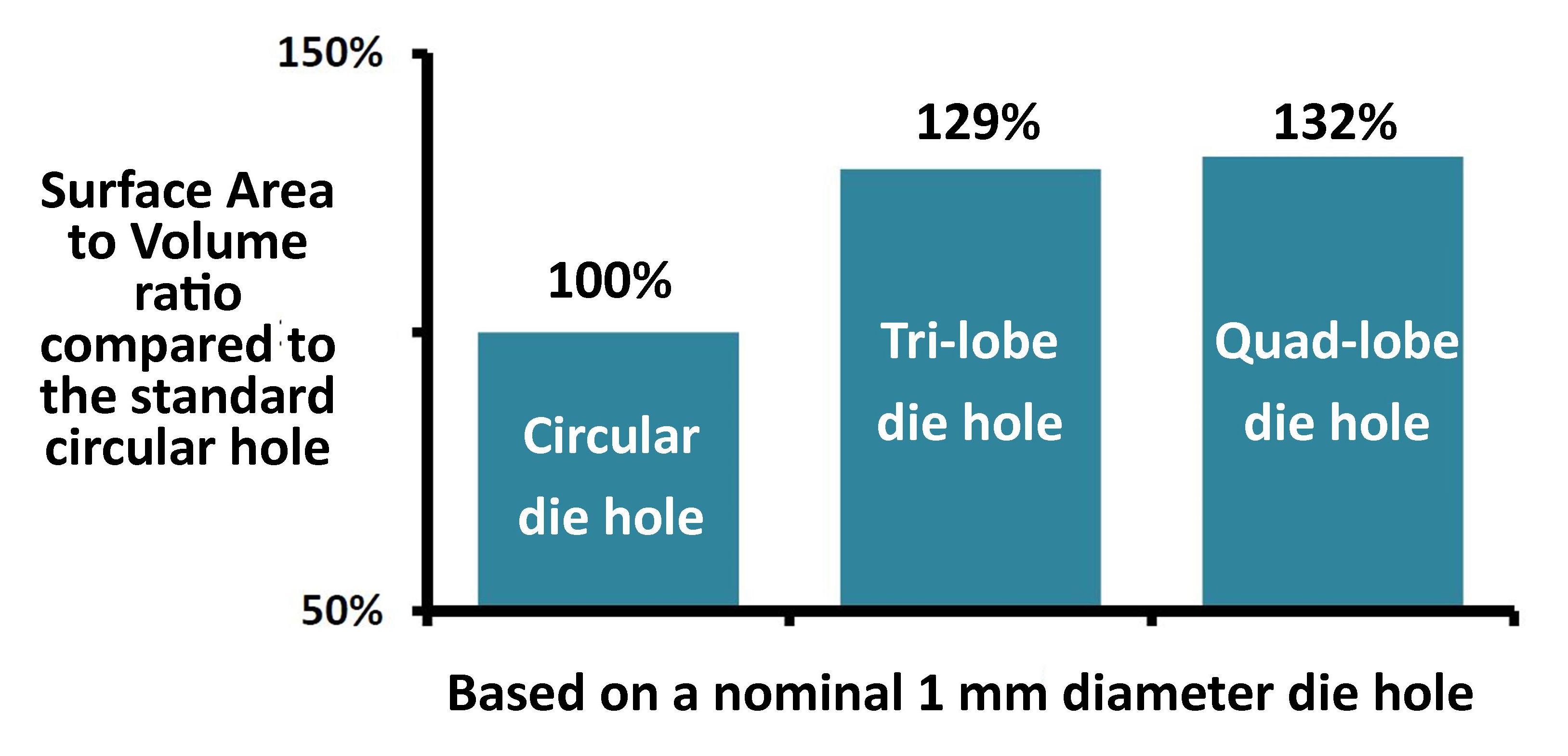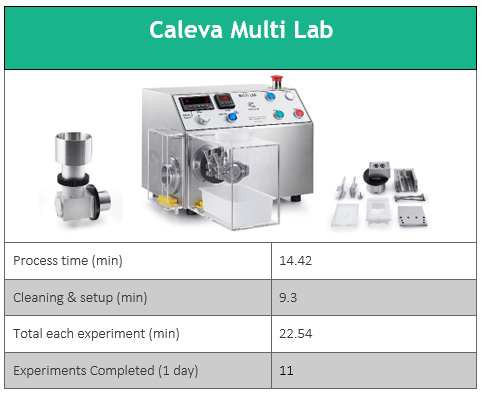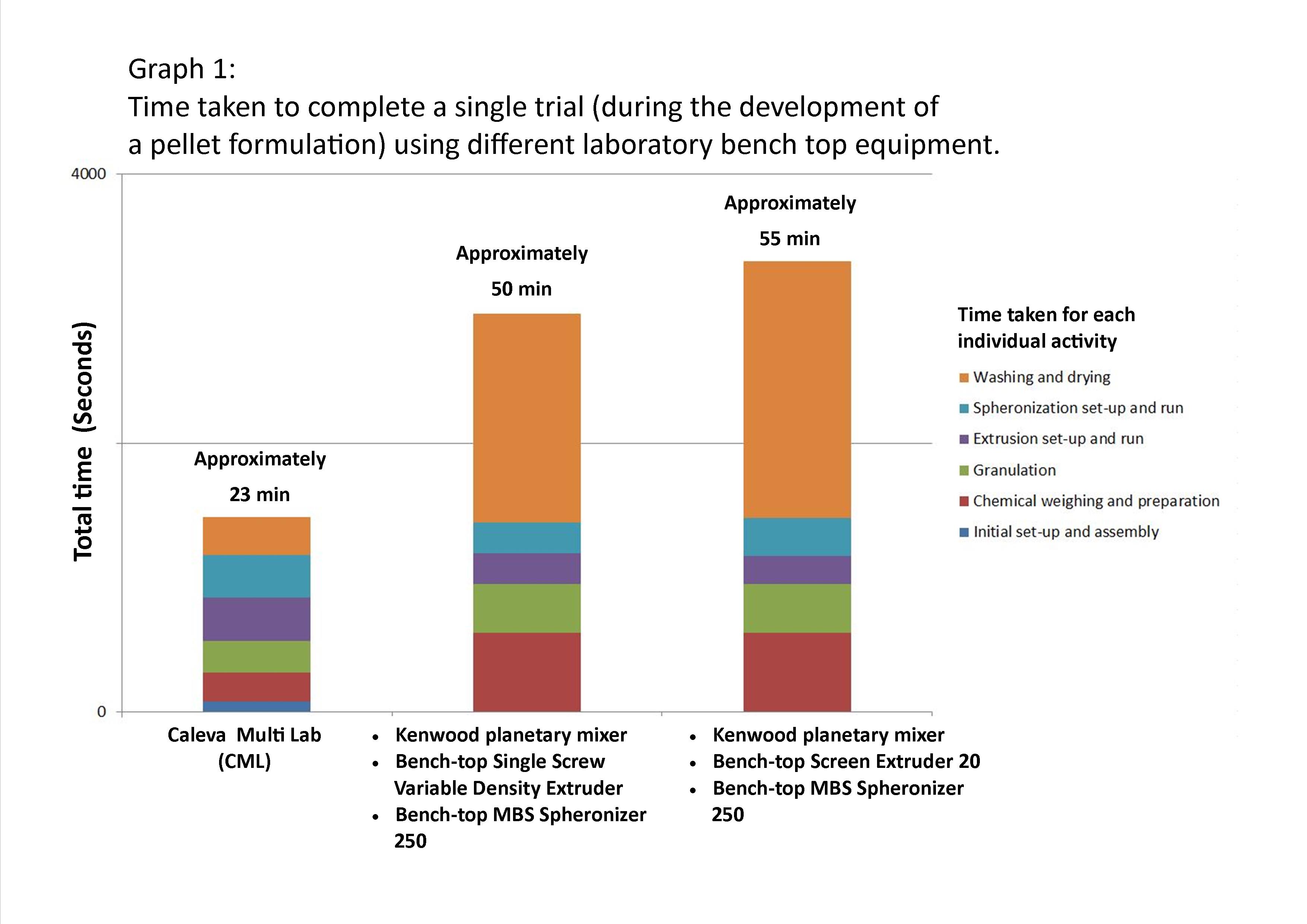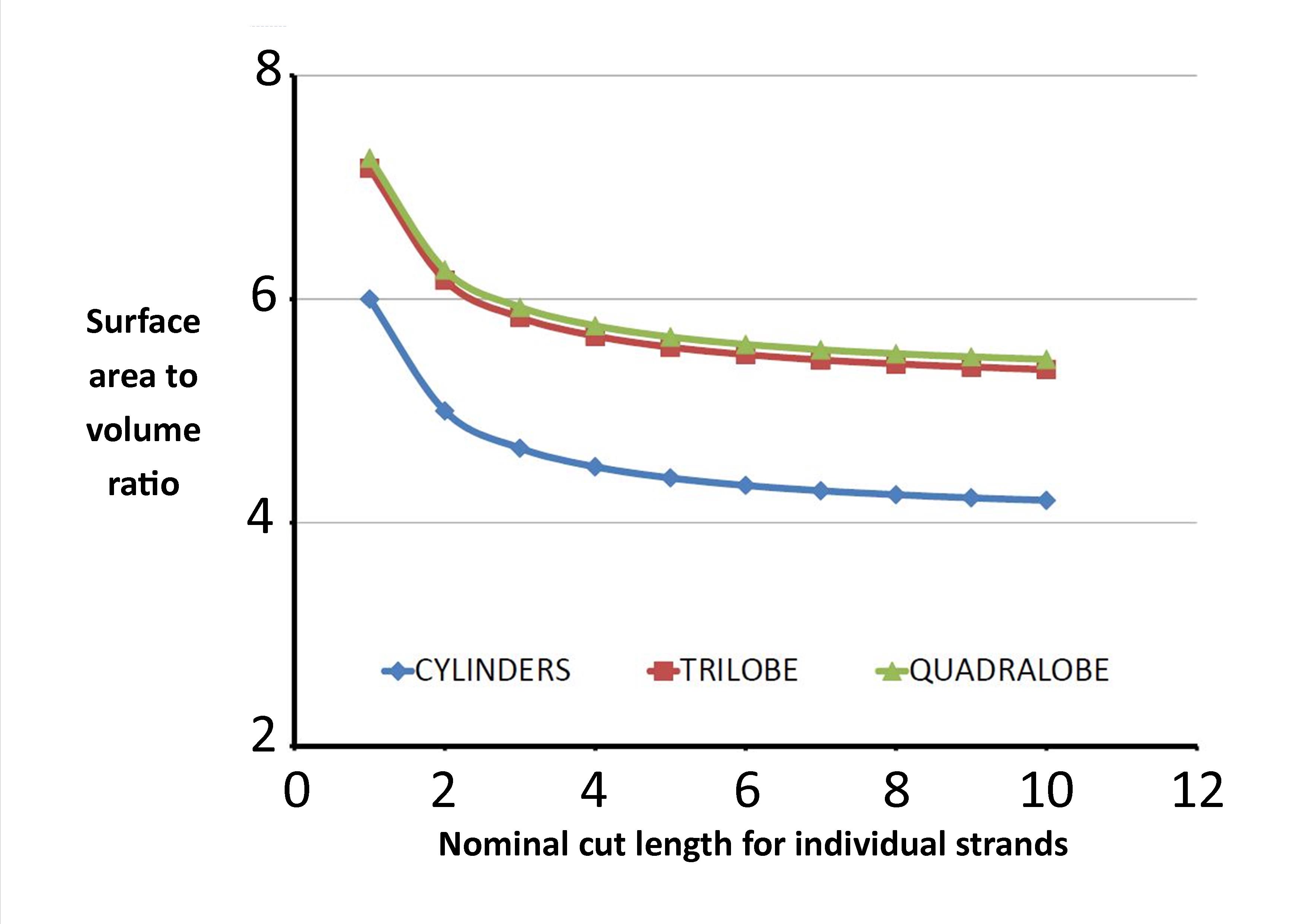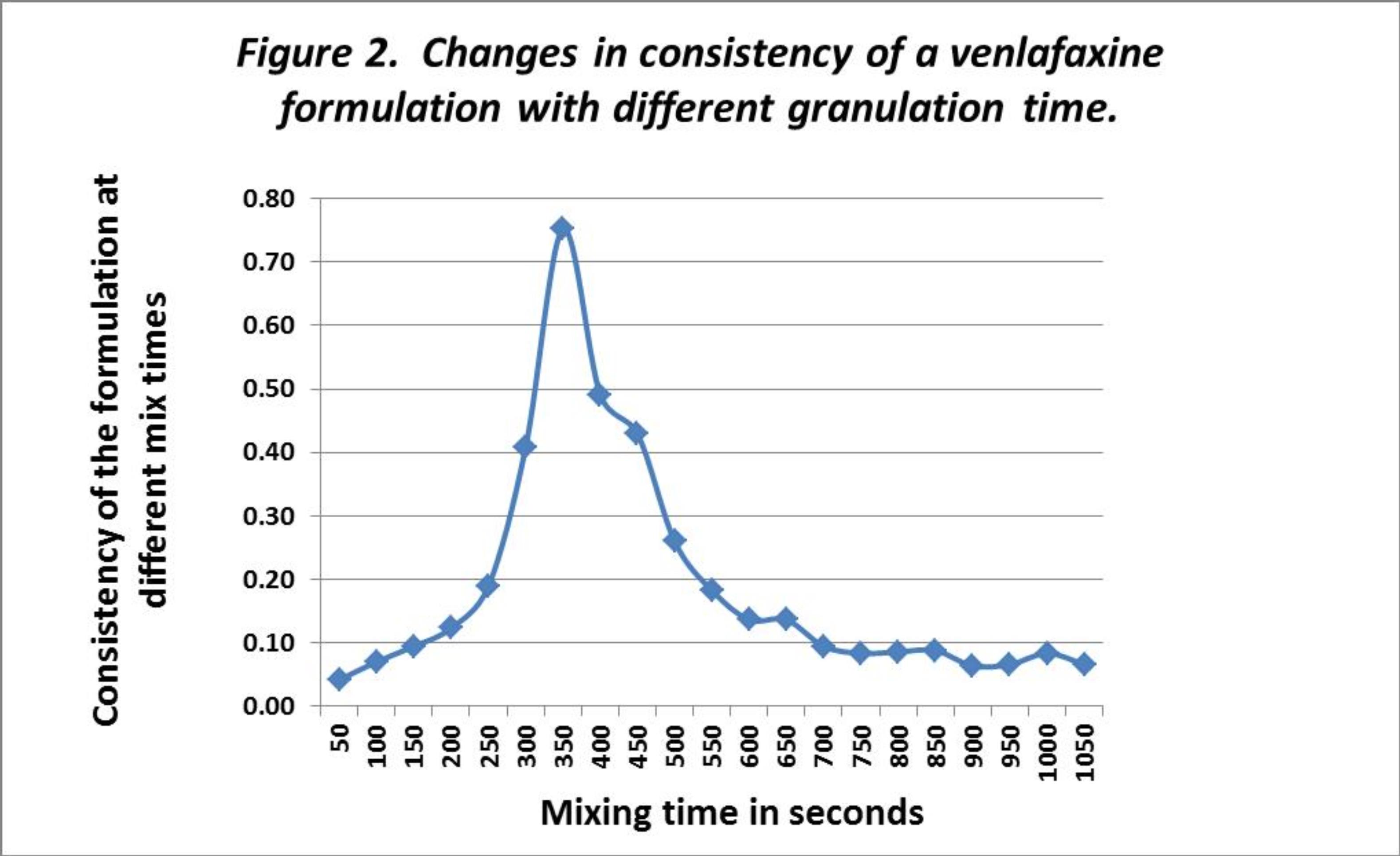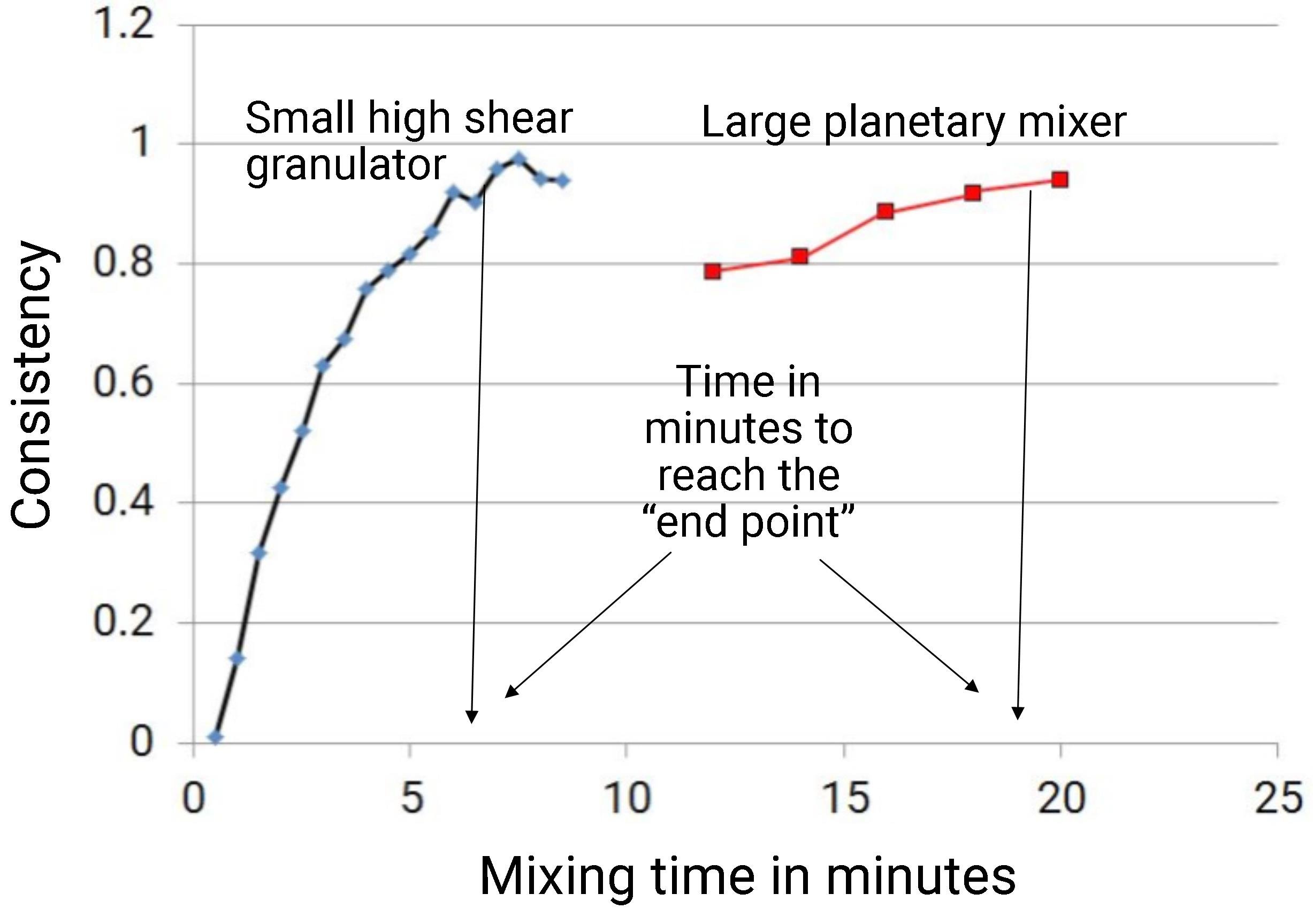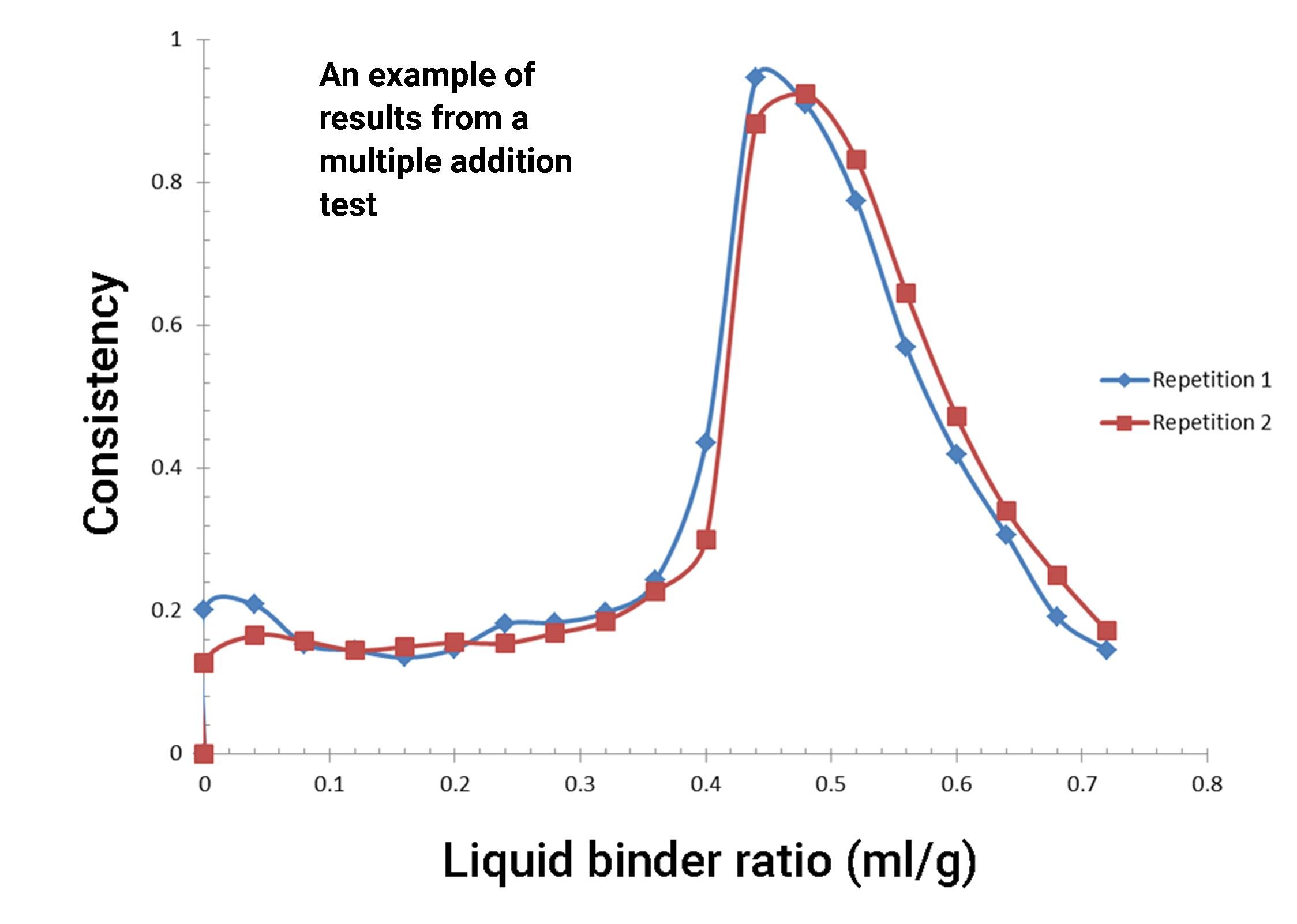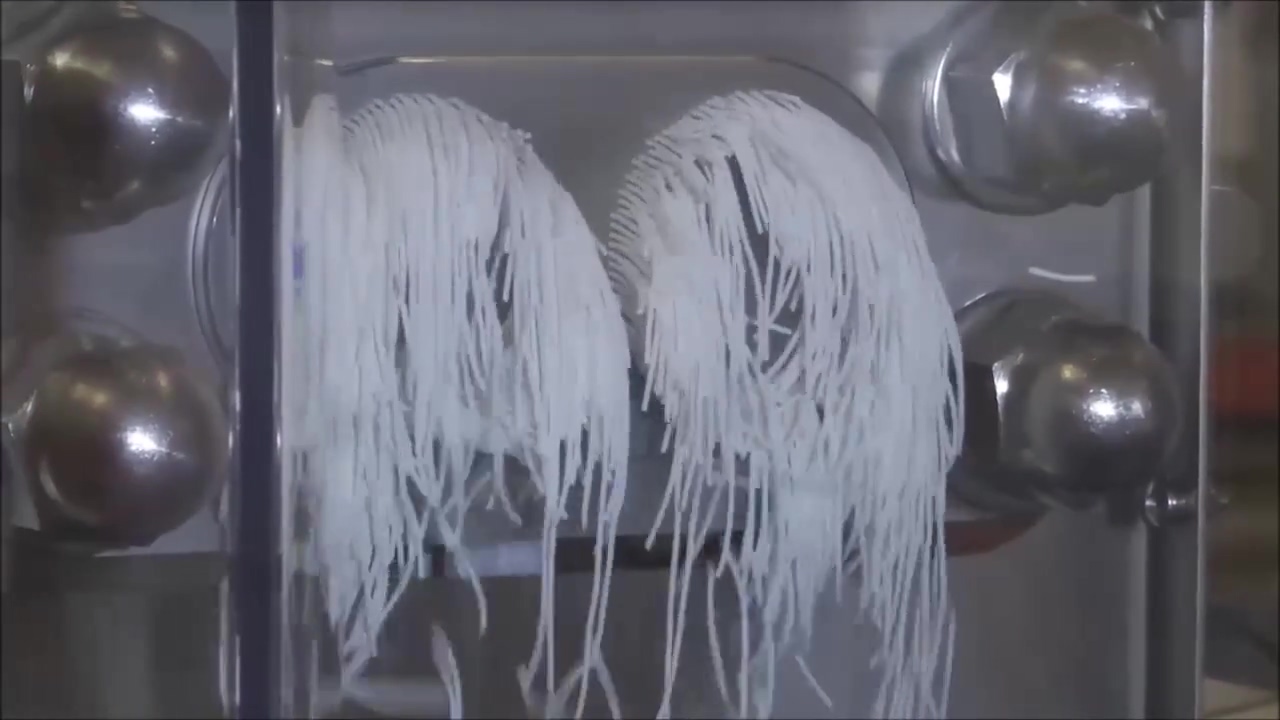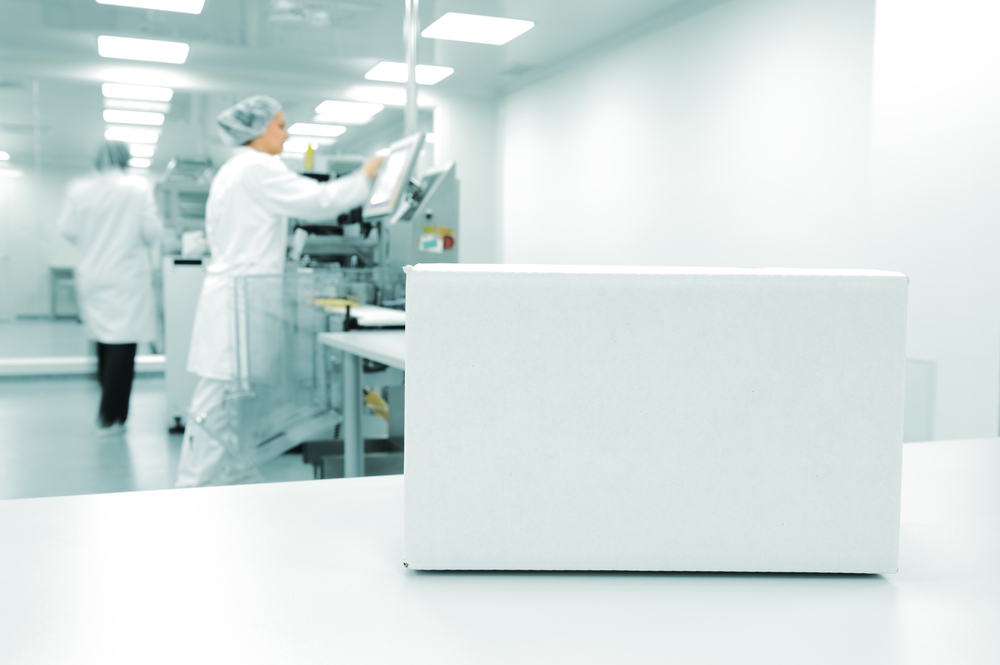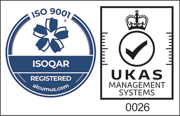Shaped Catalyst Body Preparation. Zeolite HZSM-5 (ACS Materials, M38) was mixed as a dry powder with alumina (Sasol, Catapal D (Boehmite)) and the required amount of Milli-Q water to ensure an optimum solid-to-liquid ratio for extrusion (measured using a Mixer Torque Rheometer, Caleva). The paste, containing a ratio of 70:30 wt % zeolite:binder, was extruded using a Mini-Screw Extruder (Caleva),...
Knowledge Base
Caleva explain the basic Mixer Torque Rheometer concepts - Video
The MTR can process from 10g to 25 g of your material, depending on the formulation, meaning barely any material is wasted in experiments. The machine will very quickly tell you the ideal amount of liquid to add. The user may have a start point in mind but this may result in a formulation that is too wet or too dry. The iterations may be repeated, but this can be wasteful in terms of materials...
Extrusion of small batches
The Caleva Multi-Lab (CML) can Mix/Granulate, Extrude and Spheronize all in one base unit.
This article is about the Extruder attachment that comes with the CML.
The Multi-lab is capable of working with a variety of materials from catalysts and pharmaceuticals, to agricultural products.
The Extruder
The extrusion attachment on the CML is in the form of a single screw extruder. A variety of dies...
Possible issues with extrusion of small samples - how to resolve them
It is not possible to extrude and spheronize everything. Extrusion and spheronization can be used on a wide range of products and formulations. However, if you are having trouble extruding your formulations with the Caleva Multi Lab (CML) then please read this article.
Caleva offers extruder screws of different designs for use with the CML. If you are having issues with the CML then the first...
Opportunities for Mixer Torque Rheometry
Wet granulations are a useful precursor to many solid dosage formulations and as such are widely used in the pharmaceutical industry. Because of the diverse nature of pharmaceutical materials, granulation is often employed as an intermediate process to enhance flow and compaction properties and improve the final product performance. The properties of a wet granule have a critical effect on the...
How much product should be used in the MTR and how accurate is it?
How much product do you use? The answer is that this is always product specific. This is demonstrated in this article. In these experiments the MTR is used in the multiple addition mode whereby increasing binder content is automatically added to different masses of product. The Caleva Mixer Torque Rheometer. The only way to quantify the rheology of a wet mass. The MTR has, for many years, been...
Can temperature during granulation influence formulation consistency?
The temperature of the mix during granulation processes is generally considered to be of minor significance in both formulation development and in large batch granulation despite the fact that in some locations ambient temperature can change significantly during the course of a working day.The MTR manual states that the bowl should be allowed to return to room temperature after washing. The...
A Tool for Pre-Formulation Assessment of Excipients
Excipients from different batches or vendors may vary in quality and it is often necessary to perform pre-formulation assessment for each new batch of excipient received.
Extruder dies | all sizes | variable density | quadrilobe | trilobe
In the process of extrusion, having different dies available to process your product is key to increasing your chances of development success. This is why we offer a large range of dies to help you find the best options for your formulation.
We offer die plates that are excellent for most uses, like our 1 x 1 mm die, however sometimes a more specialist die may be needed. Our trilobe and...
A better way to granulate with your viscous and sticky materials
Our new High Viscosity Mixing Blades, designed for making those sticky, viscous, difficult, granulations much simpler. Our design team have been working tirelessly to come up with a solution to a constantly asked question.
Extrusion of catalyst and petrochemical materials
An opportunity in laboratory extrusion with catalyst material. We have recently had some considerable success with one of our customers working with the extrusion of small quantities of catalytic material.
Extruding catalyst materials for petrochemical and adsorption products
Using the Caleva Multi Lab it is possible to extrude of small quantities of catalytic material, whilst increasing the surface area to volume ratio of the extrudate produced.
The Caleva Multi Lab is faster and easier to clean
The Caleva Multi Lab (CML) is faster and easier to clean than any comparable bench-top extrusion & spheronization equipment.
Guide to the optimum diameter to length ratio of extrudate fragments
Is there a guide to the optimum Length to Diameter ratio of the extrudate fragments?
In the calculations used to demonstrate the data it is assumed that the extrudate is an infinitely long strand. In this case the length of the extrudate has no influence on the data shown. In reality, extrudate is not infinitely long and as the individual strands of the extrudate produced become shorter, the...
How long should I granulate my materials?
Variable Mix Time Test
It is well-known that a minimum amount of mixing is required to ensure consistent and repeatable product characteristics. What is often less considered is the possibility of over-mixing the product so that the characteristics of the resulting formulation undergo a change.
How Do You Ensure Consistency During Scale Up?
The Mixer Torque Rheometer's Consistency Test
To ensure consistency is maintained during scale up and production, the Mixer Torque Rheometer can be used to perform a quick and simple test which monitors the consistency of the wet granulation during the mixing phase. This test can be used whether you are working with continuous or batch production.
Formulation development - determine optimum powder to binder ratio
Multiple Addition Test
Binder liquid is added to a dry powder mix and the consistency is measured as the mixing and addition of binder progresses.
The consistency of the mix is measured at regular periods so that the relationship between the amount of liquid binder added to the mix and the consistency in the resulting formulation can be accurately shown.
What type of pharmaceutical or catalyst extruder do I need?
All extrusion processes require the generation of pressure within the material to be extruded. When materials are put under pressure heat is generated. This cannot be avoided but different extrusion types generate different amounts of heat. There are basically three different types of extruder and the one chosen may have far reaching implications on production operations. It is important that the...
What pharmaceutical products or drugs can I make in pellet form?
View a list of suggested uses for pellets in pharmaceutical applications.
